Surface Modification Techniques for Improving Material Properties
Surface modification techniques play a pivotal role in enhancing the material properties essential for diverse industrial applications. By altering the surface characteristics of materials, these techniques can significantly improve properties such as corrosion resistance, wear resistance, biocompatibility, and adhesion.
This guide provides a comprehensive overview of various surface modification methods, their mechanisms, and their applications, aiming to equip readers with the necessary knowledge to effectively utilize these techniques in their research and projects. Explore Nanografi's advanced materials for cutting-edge surface modification solutions to meet the demands of your industry or projects.
Introduction
In the pursuit of higher performance and sustainability, industries are increasingly turning to advanced surface modification techniques. These methods not only enhance material properties but also extend the lifecycle of components, reducing maintenance and replacement costs. From nanocoatings improving efficiency in renewable energy to laser treatments enhancing precision in biomedical devices, surface modification is revolutionizing multiple sectors.
What is Surface Modification?
Surface modification refers to techniques used to alter the surface properties of a material to improve its performance, durability, and functionality, without changing its bulk properties. This process aims to enhance wear resistance, corrosion resistance, adhesion, surface energy, and biocompatibility. Common techniques include coating and thin films (such as Physical Vapor Deposition and Chemical Vapor Deposition), chemical treatments (like anodization and chemical etching), mechanical treatments (such as shot peening and laser surface texturing), plasma treatments (including plasma nitriding and plasma spraying), and ion implantation. These methods are widely applied in industries like aerospace, medical devices, electronics, and automotive to enhance the performance and longevity of materials.
Types of Surface Modification Techniques
Surface modification techniques can be broadly categorized into several types, each with specific mechanisms and applications. The main types include:
- Physical Vapor Deposition (PVD)
- Chemical Vapor Deposition (CVD)
- Thermal Spraying
- Laser Surface Modification
- Ion Implantation
- Plasma Nitriding
Physical Vapor Deposition (PVD)
PVD is a coating process where materials are vaporized in a vacuum environment and deposited on the substrate to form a thin film. This technique is widely used to enhance hardness, wear resistance, and corrosion resistance.
Construction of PVD:
- Vacuum Chamber: The process takes place in a vacuum chamber to prevent contamination.
- Source Material: The material to be deposited is vaporized.
- Substrate: The material on which the coating is deposited.
- Energy Source: Such as electron beam or thermal evaporation.
How PVD Works:
- Vaporization: The source material is vaporized by heating or sputtering.
- Transportation: The vaporized atoms travel through the vacuum to the substrate.
- Deposition: The atoms condense on the substrate, forming a thin film.
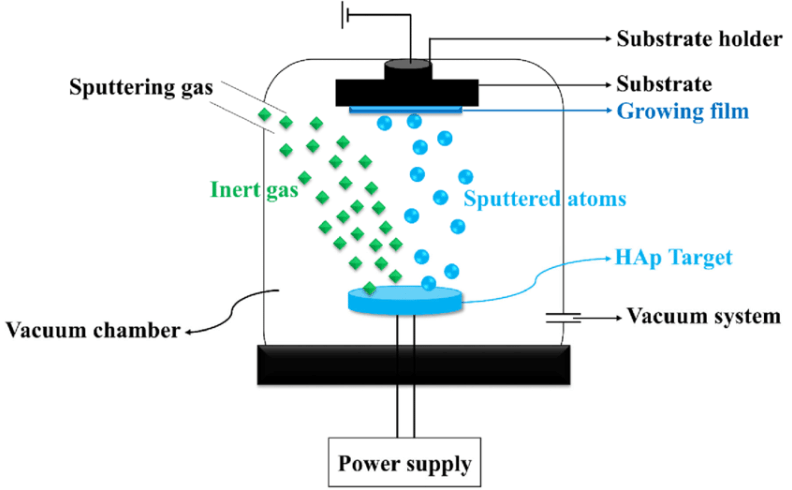
Figure 1. A schematic illustration of physical vapor deposition (PVD) process.
Chemical Vapor Deposition (CVD)
CVD is a process where a material is deposited from a vapor by a chemical reaction occurring on or near the substrate surface. It is used to produce high-purity, high-performance solid materials.
Construction of CVD:
- Reaction Chamber: Where the substrate is placed.
- Gas Precursors: Gases that react to form the coating material.
- Substrate: The material on which the coating is deposited.
- Energy Source: Such as thermal, plasma, or laser.
How CVD Works:
- Gas Flow: Reactive gases are introduced into the reaction chamber.
- Reaction: A chemical reaction occurs on the substrate surface.
- Deposition: The reaction products deposit on the substrate, forming a thin film.
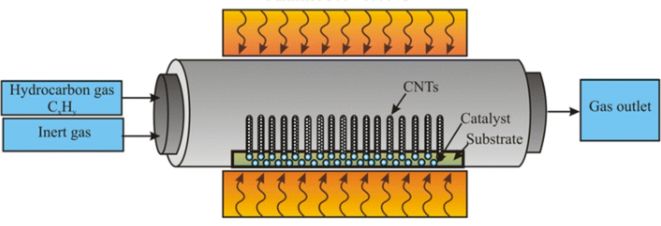
Figure 2. Schematic representation of chemical vapor deposition (CVD) process.
Thermal Spraying
Thermal spraying involves the deposition of molten or semi-molten materials onto a substrate to form a coating. It is used to enhance wear resistance, corrosion resistance, and thermal insulation.
- Construction of Thermal Spraying:
- Spray Gun: Heats the coating material.
- Feedstock: Material in the form of powder or wire.
- Substrate: The material to be coated.
- Energy Source: Such as flame, electric arc, or plasma.
How Thermal Spraying Works:
- Heating: The feedstock material is heated to a molten or semi-molten state.
- Acceleration: The material is accelerated towards the substrate.
- Deposition: The molten particles impact and solidify on the substrate, forming a coating.
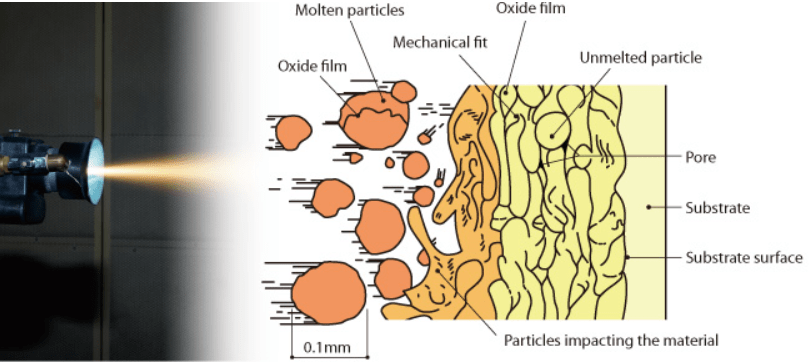
Figure 3. Schematic representation of thermal spraying.
Laser Surface Modification
Laser surface modification uses a high-energy laser beam to alter the surface properties of materials. This technique is used for surface hardening, texturing, and alloying.
Construction of Laser Surface Modification:
- Laser Source: Provides the high-energy beam.
- Optical System: Directs and focuses the laser beam.
- Substrate: The material to be modified.
- Control System: Manages the laser parameters.
How Laser Surface Modification Works:
- Laser Irradiation: The laser beam is directed at the substrate surface.
- Interaction: The energy from the laser alters the surface microstructure or composition.
- Modification: The desired surface properties are achieved through controlled laser processing.
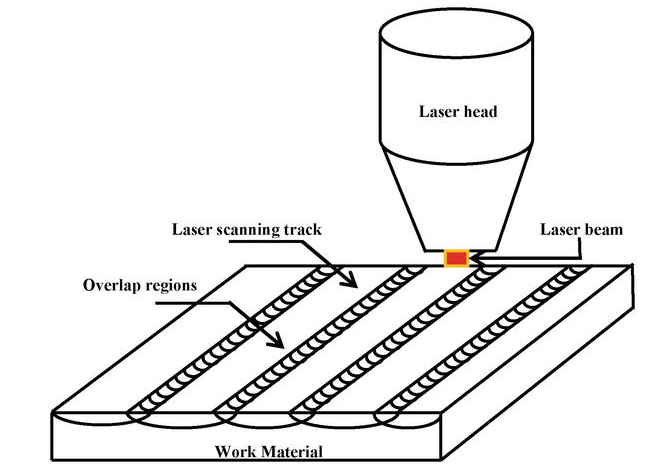
Figure 4. A schematic illustration of laser surface modification.
Ion Implantation
Ion implantation involves bombarding the substrate with high-energy ions to alter its surface properties. It is used to improve hardness, wear resistance, and fatigue strength.
Construction of Ion Implantation:
- Ion Source: Generates the ions.
- Acceleration System: Increases the ion energy.
- Substrate: The material to be implanted.
- Vacuum Chamber: Maintains a clean environment.
How Ion Implantation Works:
- Ion Generation: Ions are generated and accelerated.
- Bombardment: The high-energy ions are directed at the substrate.
- Modification: The ions penetrate the surface, modifying its properties.
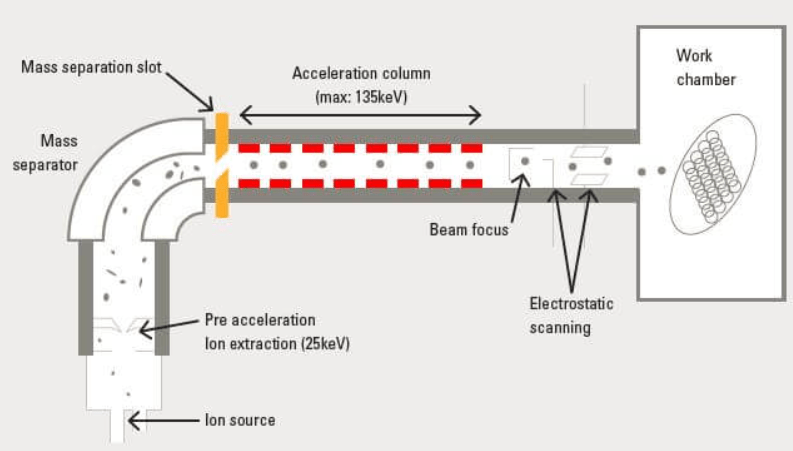
Figure 5. Schematic representation of ion implantation.
Plasma Nitriding
Plasma nitriding is a thermochemical process that introduces nitrogen into the surface of a material using plasma. This technique enhances hardness, wear resistance, and fatigue strength.
Construction of Plasma Nitriding:
- Plasma Generator: Creates the plasma.
- Reaction Chamber: Contains the substrate.
- Gas Supply: Provides nitrogen gas.
- Control System: Regulates process parameters.
How Plasma Nitriding Works:
- Plasma Generation: Plasma is generated in the reaction chamber.
- Nitriding: Nitrogen ions diffuse into the substrate surface.
- Modification: The nitrogen alters the surface microstructure, improving hardness and wear resistance.
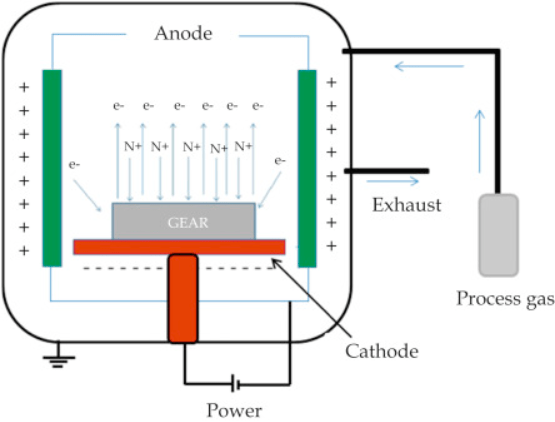
Figure 6. Overview of plasma nitriding.
Applications of Surface Modification Techniques
Surface modification techniques are employed across various industries to enhance material performance and extend service life. Some key application areas include:
Biomedical Devices
Surface modification improves biocompatibility and wear resistance, which is crucial for implants and medical instruments to function effectively and safely within the human body.
Aerospace
Enhanced thermal and corrosion resistance is vital for aerospace components, such as turbine blades and structural parts, which are subjected to extreme environments and stresses.
Electronics
Improved adhesion and electrical properties are essential for the performance and reliability of electronic circuits, semiconductors, and other components used in consumer electronics, computers, and communication devices.
Automotive
Increased wear and corrosion resistance for engine parts, transmission components, and body panels help improve the durability and performance of vehicles, leading to longer lifespans and reduced maintenance costs.
Energy
Improved efficiency and durability of solar cells and fuel cells are achieved through surface modification, leading to better energy conversion rates and longer operational lifetimes for renewable energy technologies.
Conclusion
Surface modification techniques are essential in modern engineering for enhancing material properties to meet specific application requirements. Understanding the principles, construction, and mechanisms of these techniques enables engineers to select and apply the most appropriate methods for their projects. As technology advances, new materials and methods continue to emerge, pushing the boundaries of what can be achieved through surface engineering. Mastery of these techniques ensures the development of innovative, efficient, and reliable solutions across various industries.
To follow the latest developments and innovations related to nanotechnology, visit Blografi.
References
Sartori, A. F., Orlando, S., Bellucci, A., Trucchi, D. M., Abrahami, S., Boehme, T., Hantschel, T., Vandervorst, W., & Buijnsters, J. G. (2018). Laser-induced periodic surface structures (LIPSS) on heavily boron-doped diamond for electrode applications. ACS Applied Materials & Interfaces, 10(43), 43236-43251. https://doi.org/10.1021/acsami.8b15951
Jeyaprakash, N., Yang, C.-H., Kumar, D. R., Jeyaprakash, N., Yang, C.-H., & Kumar, D. R. (2020). Laser Surface Modification of Materials. Practical Applications of Laser Ablation. https://doi.org/10.5772/INTECHOPEN.94439
Plasma Nitriding - an overview | ScienceDirect Topics. (n.d.). Retrieved June 25, 2024, from https://www.sciencedirect.com/topics/engineering/plasma-nitriding
Safavi, M. S., Walsh, F. C., Surmeneva, M. A., Surmenev, R. A., & Khalil-Allafi, J. (2021). Electrodeposited hydroxyapatite-based biocoatings: Recent progress and future challenges. Coatings, 11(1), 1–62. https://doi.org/10.3390/COATINGS11010110
Saleh, B., Jiang, J., & Zhang, W. (2021). Recent advances in surface modification techniques for improving the properties of biomedical implants. Journal of Biomedical Materials Research Part A, 109(3), 319-333. https://doi.org/10.1002/jbm.a.37038
Singh, S., Kumar, S., & Khanna, V. (2023). A review on surface modification techniques. Materials Today: Proceedings. https://doi.org/10.1016/J.MATPR.2023.01.010
Thermal Spraying | Research and Development | OSAKA FUJI Corporation | overlay welding, thermal spraying, machining technology. (n.d.). Retrieved June 25, 2024, from https://www.ofic.co.jp/en/r_and_d/thermalspraying/
What is ion implantation? - The Bodycote Blog. (n.d.). Retrieved June 25, 2024, from https://blog.bodycote.com/specialist-technologies/what-is-ion-implantation/
Recent Posts
-
Turning Noise into Power: Energy Harvesting with Piezoelectric Nanogenerators
Ambient acoustic energy, once an untapped resource, is now being converted into sustainable electric …5th Mar 2025 -
Holey Super Graphene in Li-ion Batteries: Next Generation of Energy Storage
Holey Super Graphene (hG), also referred to as “holey graphene,” is redefining li-ion ba …7th Feb 2025 -
Future Communication with 5G Technology and Advanced Materials
5G technology opens the doors to a new era in communication with faster connection speeds, low laten …6th Feb 2025





